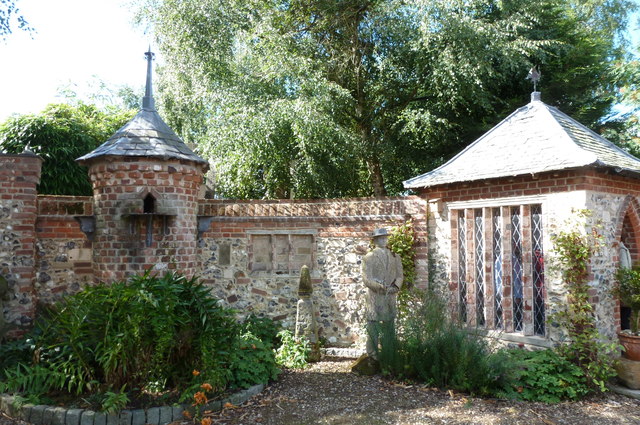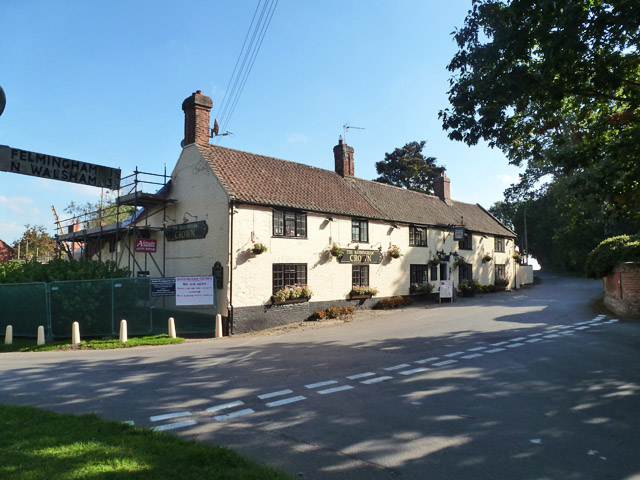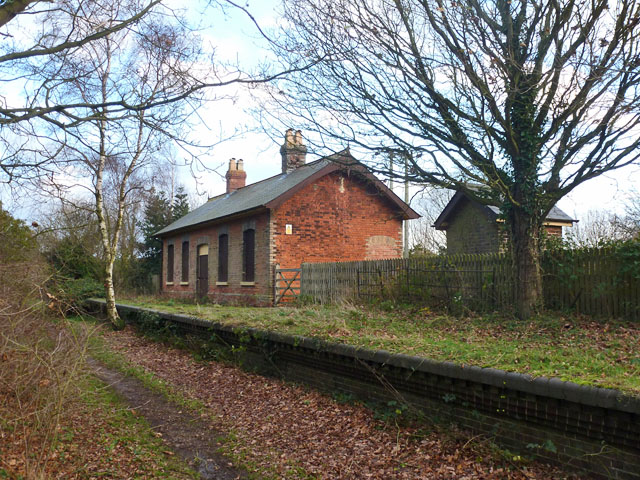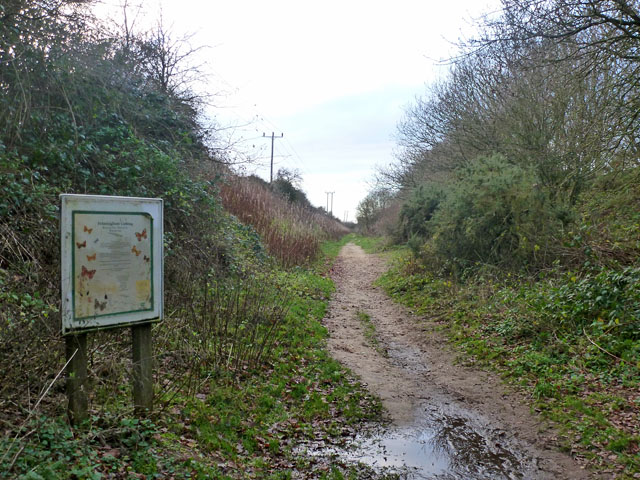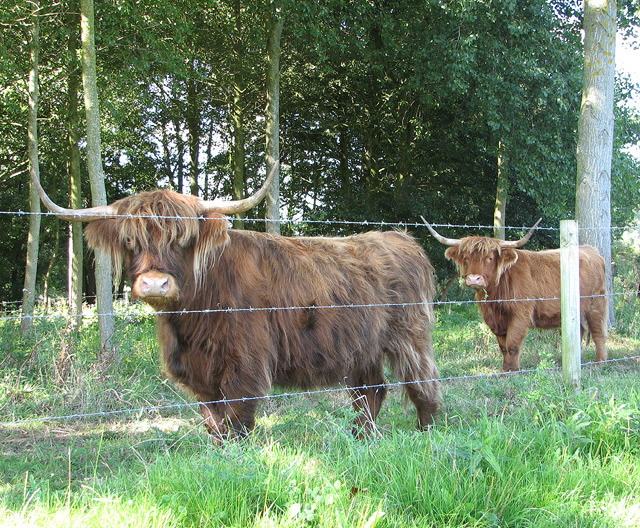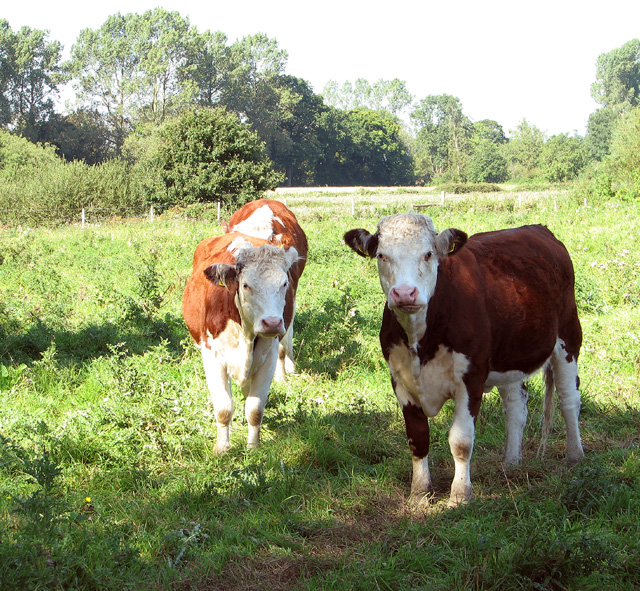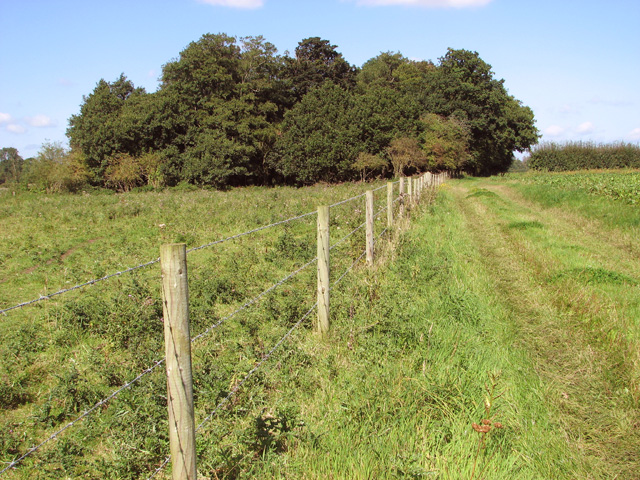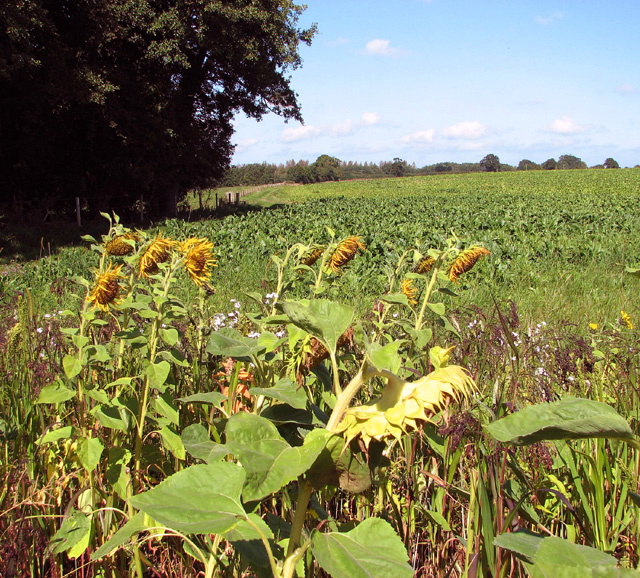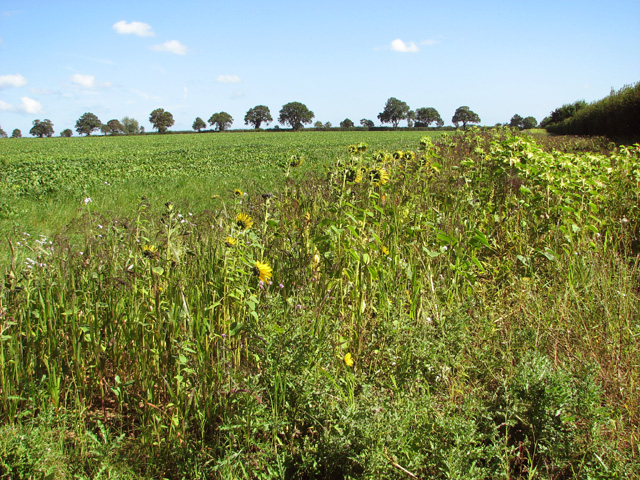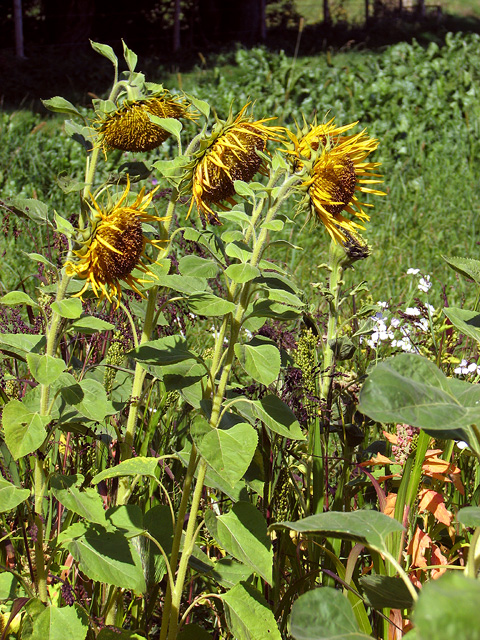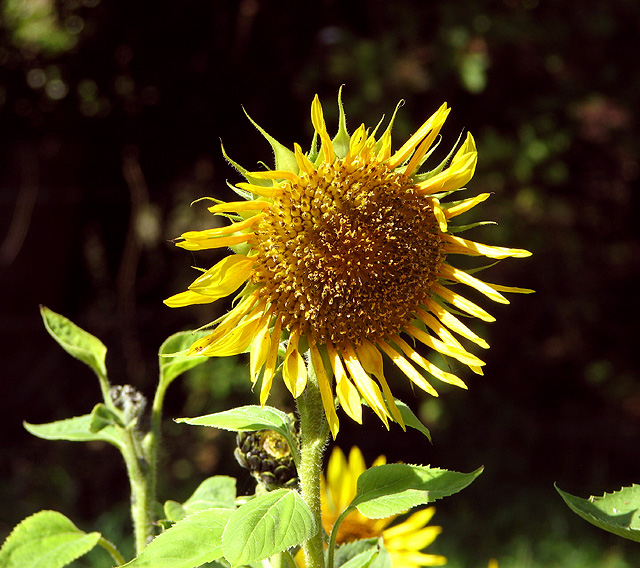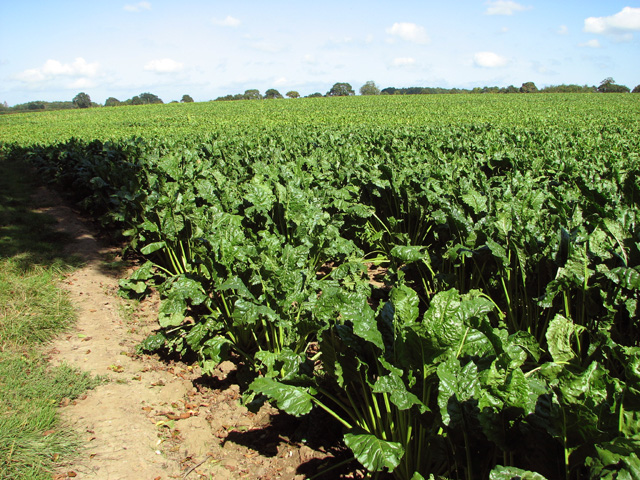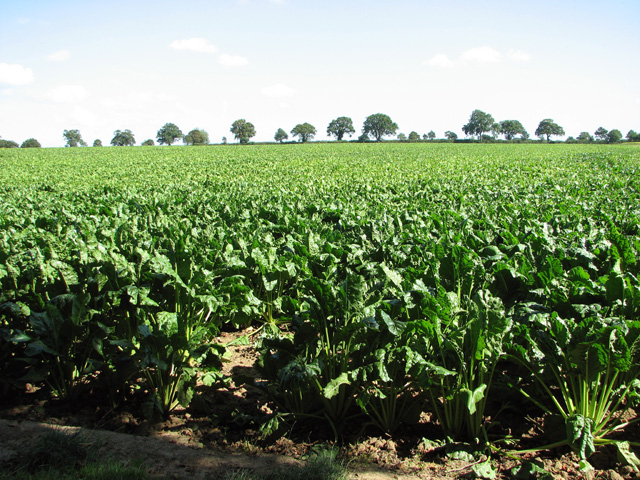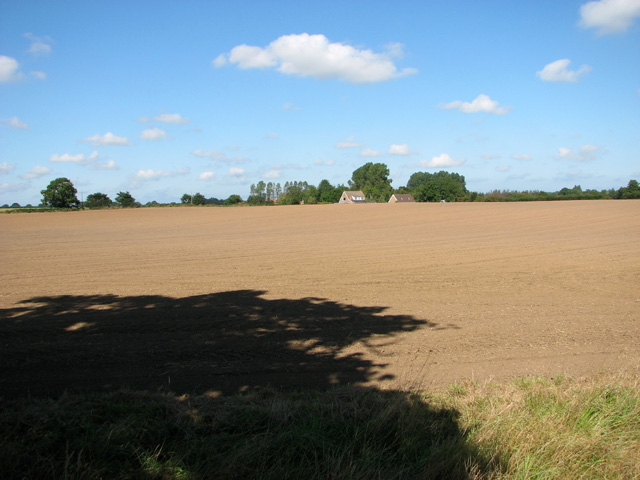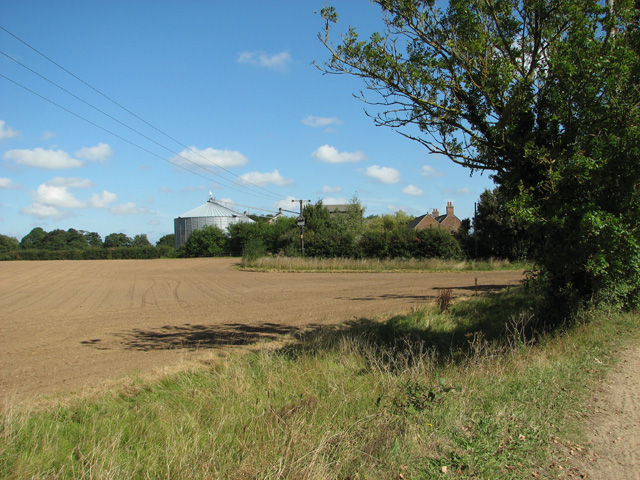Osier Carr
Wood, Forest in Norfolk North Norfolk
England
Osier Carr
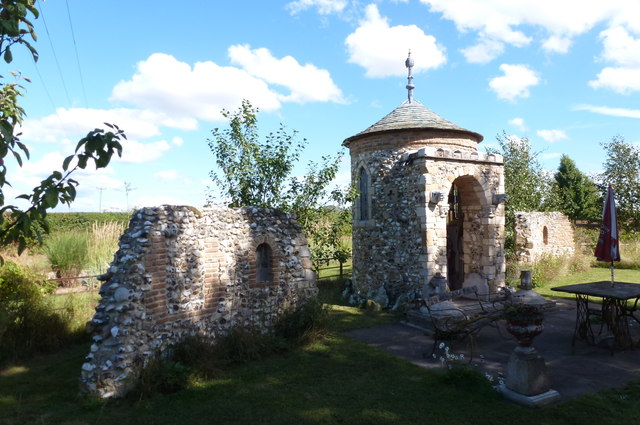
Osier Carr, located in Norfolk, England, is a remarkable wood or forest that boasts a rich and diverse ecosystem. Spanning approximately 100 acres, this natural haven is renowned for its scenic beauty and abundant wildlife.
The wood itself is dominated by willow trees, commonly known as osiers, which give the area its name. These trees thrive in the damp and marshy environment, creating a unique habitat for a wide range of plant and animal species. The dense canopy of willows provides shade and shelter, making Osier Carr an ideal breeding ground for various bird species, including the elusive marsh warbler and the vibrant kingfisher.
In addition to its avian inhabitants, the wood is also home to a variety of mammals, such as hedgehogs, rabbits, and voles. Visitors may also spot the occasional deer or fox roaming through the undergrowth. The diverse vegetation in Osier Carr supports a multitude of insects, butterflies, and bees, contributing to the overall biodiversity of the area.
The wood is crisscrossed by a network of winding footpaths, allowing visitors to explore its beauty and observe the wildlife up close. These trails offer stunning views of the surrounding landscape, including picturesque meadows, tranquil ponds, and meandering streams.
Osier Carr is not only a haven for nature enthusiasts, but also serves as an important site for scientific research and conservation efforts. Its preservation and protection are crucial for the continued survival of its unique ecosystem.
If you have any feedback on the listing, please let us know in the comments section below.
Osier Carr Images
Images are sourced within 2km of 52.811353/1.3150654 or Grid Reference TG2328. Thanks to Geograph Open Source API. All images are credited.
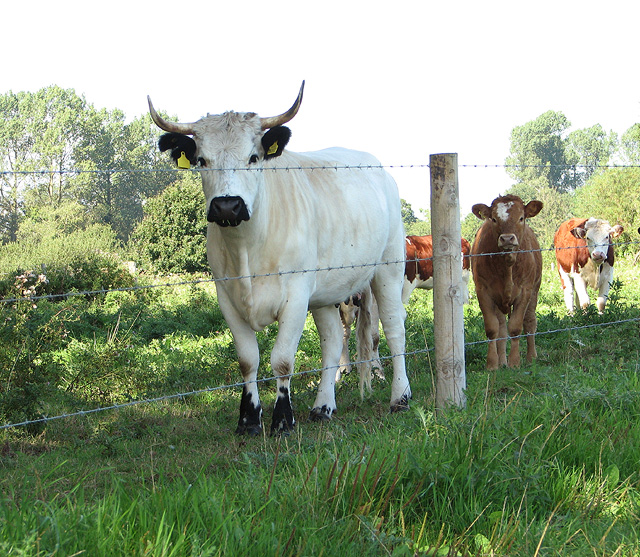
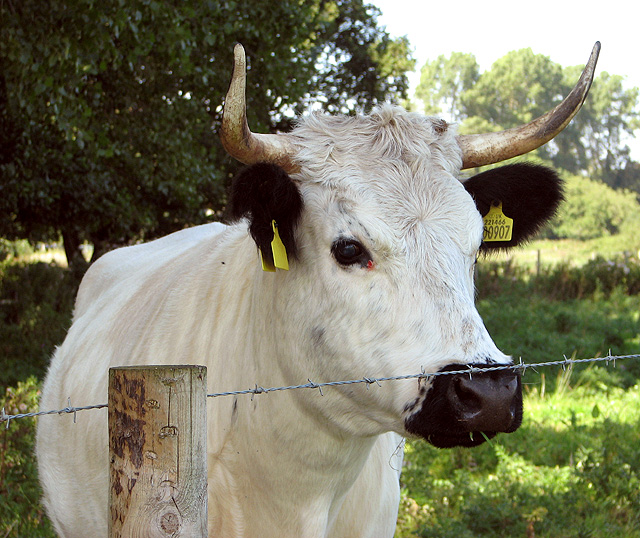
Osier Carr is located at Grid Ref: TG2328 (Lat: 52.811353, Lng: 1.3150654)
Administrative County: Norfolk
District: North Norfolk
Police Authority: Norfolk
What 3 Words
///whom.pacemaker.soil. Near Aylsham, Norfolk
Nearby Locations
Related Wikis
Felmingham Cutting
Felmingham Cutting is a 1-hectare (2.5-acre) Local Nature Reserve west of North Walsham in Norfolk. It is owned by North Norfolk District Council and...
Felmingham railway station
Felmingham railway station is a former railway station in Norfolk, England. It was closed in 1959. It served the village of Felmingham. == References ==
Felmingham
Felmingham is a village and civil parish in the English county of Norfolk. The village is located 2 miles (3.2 km) west of North Walsham and 13 miles...
Tuttington
Tuttington is a village and former civil parish, now in the parish of Burgh and Tuttington, in the Broadland district, in the county of Norfolk, England...
Related Videos
Walking with Mare Poo-Ton: Felmingham Station
dogwalks #dogwalking #dogwalker #norfolk #felmingham #felminghamstation #mare #marepooton #pooton #cotonoodle ...
Mill Farm Camping Felmingham North Norfolk
Motorhome trip to Mill Farm Camping Felmingham North Norfolk Look around site Mill Farm is a tranquil, picturesque 27 acre site ...
Skeyton All Saints
A visit to Skeyton All Saints Church near North Walsham in North Norfolk.
Nearby Amenities
Located within 500m of 52.811353,1.3150654Have you been to Osier Carr?
Leave your review of Osier Carr below (or comments, questions and feedback).
